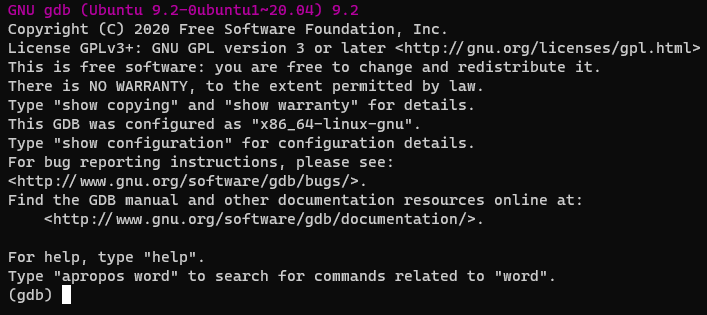Agreed with everyone on this thread. As a side note I met the developer of Decoda at GDC and talked with him briefly about their IDE. He said it wouldn’t be too much work to port to the Mac if someone wanted to do the work. He seemed pretty open about sharing the source. I told him about Corona and connected him with Carlos a while back. Not sure if anything came of it but that’s certainly a good looking option. We definitely need a modern debugger, having to go back to prinf debugging is the only downside to this otherwise excellent rapid development environment for mobile. [import]uid: 8692 topic_id: 891 reply_id: 46534[/import]
it is on our pile of todo.
c. [import]uid: 24 topic_id: 891 reply_id: 46544[/import]
funny *TRUE* story: today we had breakfast with one of the most authoritative and active members of the Lua language and when we were discussing debuggers he looked at us (me and walter) and said, nothing beats a print statement for debugging.
c. [import]uid: 24 topic_id: 891 reply_id: 46546[/import]
Also known as ‘Caveman debugging’; the 60’s called and wants it’s prinf debugging techniques back. 

Now this is more like this century:
 [import]uid: 8692 topic_id: 891 reply_id: 46576[/import]
[import]uid: 8692 topic_id: 891 reply_id: 46576[/import]
I am happy that this thread finally gets replies.
When I posted it long time ago I though that a similar assembler debugger (old old days of micro programming) should be the perfect one.
The reason:
Ability to see memory consumption, processor registers, memory content, locations, flags, instruction pointer, stack, breakpoints, one-time-instruction execution, memory content modification during program execution, etc.
Because even if the print command is very useful, that is not enough for a real debugging on mobile embedded applications, because of the device constrains like the old micro controller programming.
So, when I realize that even by using new debugger tools, they are often suitable for computer programming instead of mobile devices, therefore they seem not useful at all. Of course, I am not asking here to have an assembler debugger, but the concept of them should be applied here to show us this useful information during program execution.
I would like to have a side window of the emulator, where I can see the TextureMemory, Iphone Memory (precalculated in case of Corona emulator, because it doesn’t have the iOS applications/environment staff as the apple ones), my watch variables, the STACK (very useful to understand how the application is going back and forth between functions/modules calls), memory usage, instruction pointer, conditional flags, and of course per instruction cycle to detect wasted execution time.
I guess we don’t have to wait another century to achieve this kind of debugger.
Flavio [import]uid: 3022 topic_id: 891 reply_id: 46617[/import]
Strong debugging capability is indeed a good thing. As Mr.Icaza said, it’s on the pile of “to do”. Bring it!
[import]uid: 74844 topic_id: 891 reply_id: 46678[/import]
